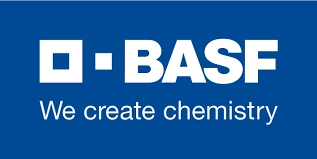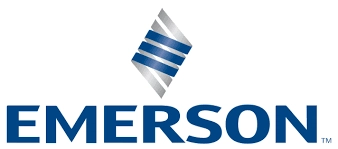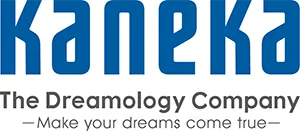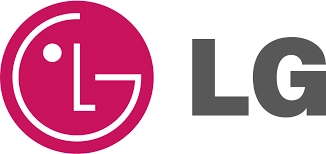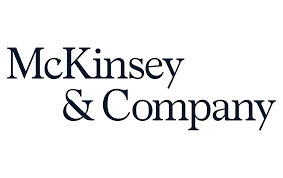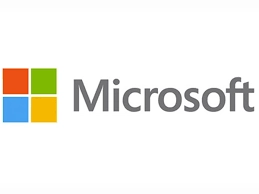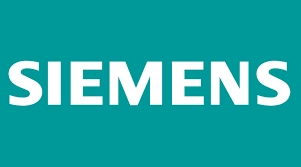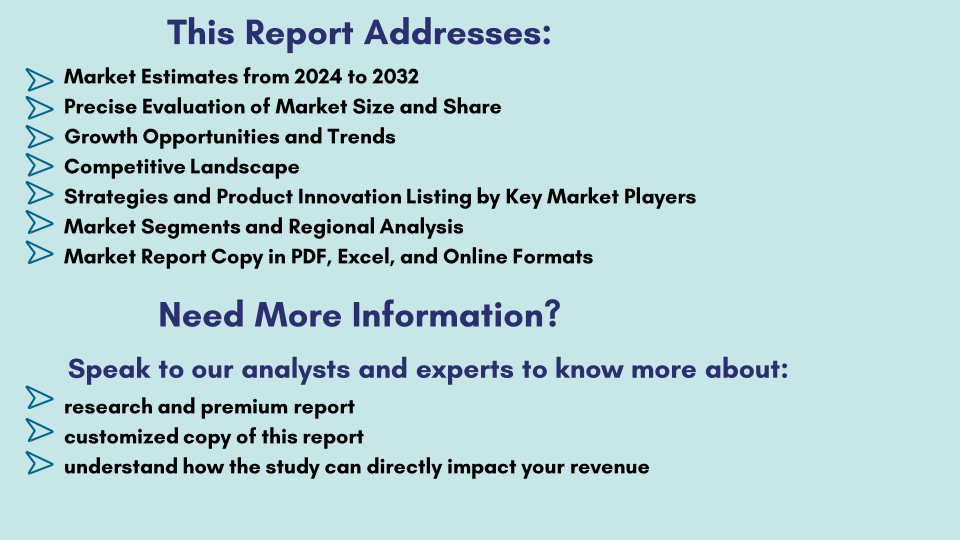Digital Twin Market Overview 2023:
The global digital twin market size was USD 8 billion in 2022 and is expected to register a robust revenue CAGR of 42% during the forecast period. This growth can be significantly driven by factors such as rising integration of Industry 4.0 and the Internet of Things (IoT), increasing investments in digital transformation by public and private sectors, and steady adoption of digital twin technology across various sectors.
A digital twin is a digital replica or representation of a physical object, process, or person that involves the use of real-time data and simulation models to create a virtual counterpart of physical assets. This can be used for real-time monitoring and analysis, simulation, optimization, predictive maintenance, and lifecycle management.
Digital twin technology is rapidly gaining traction across various fields such as manufacturing, healthcare, energy and utilities, automation and transportation, consumer goods, and aerospace. This is due to rapid advancements in IoT and sensor technology, rising complexity of systems and processes, enhanced collaborations and communications, and integration with advanced technologies.
However, building and maintaining digital twin infrastructure requires significant upfront investment. This can be an issue for small and medium enterprises due to budget constraints and can limit the overall digital twin adoption. Moreover, these advanced technologies require skilled technicians, expert in areas such as machine learning, simulations, and domain-specific knowledge. This is expected to hamper overall market growth during the forecast period.
Graphical Overview:
Digital Twin Market

Key Takeaways:
High Adoption of Digital Twins Across Various Sectors:
Digital twins are gaining significant attention across various sectors due to its potential to transform operations, drive innovation, and improve efficiency. These allow enterprises to stimulate, predict, and optimize processes in real-time.
Complexity and Integration Issues:
Integrating digital twin technology with existing systems and data sources can be complex and organizations may face issues related to interoperability and data silos. This is a key factor expected to hamper overall market growth during the forecast period. In addition, these generate vast amounts of data, raising concerns related to data security, privacy, and compliance.
Market Opportunities:
The market opportunities for digital twins are very vast and diverse, spanning across multiple industries and applications. Factors such as rising focus on developing highly optimized, cost-effective technology and potential applications of digital twins across newer industries are expected to open new avenues for existing market players and new entrants.
Deployment Outlook:
Based on deployment, the global market is segmented into on-premise and cloud. The cloud segment is expected to account for a significantly larger revenue share over the forecast period owing to rapid advancements in cloud technology, high preference for cloud deployment due to better scalability, cost-efficiency, flexibility, 24/7 accessibility from anywhere with real-time monitoring, and robust integration capabilities.
Application Outlook:
The global market is segmented into manufacturing, agriculture, automotive & transport, energy & utilities, healthcare & life sciences, residential & commercial, retail & consumer goods, aerospace, telecommunication, and others based on application. Among these, the manufacturing segment is expected to register robust revenue CAGR over the forecast period. This growth can be driven by factors such as rapidly expanding manufacturing sector, rising adoption of advanced technologies across manufacturing units, and high adoption of digital twins to stimulate production processes, monitor equipment health, optimize workflows, and predict maintenance needs.
Regional Outlook:
Digital Twin Market
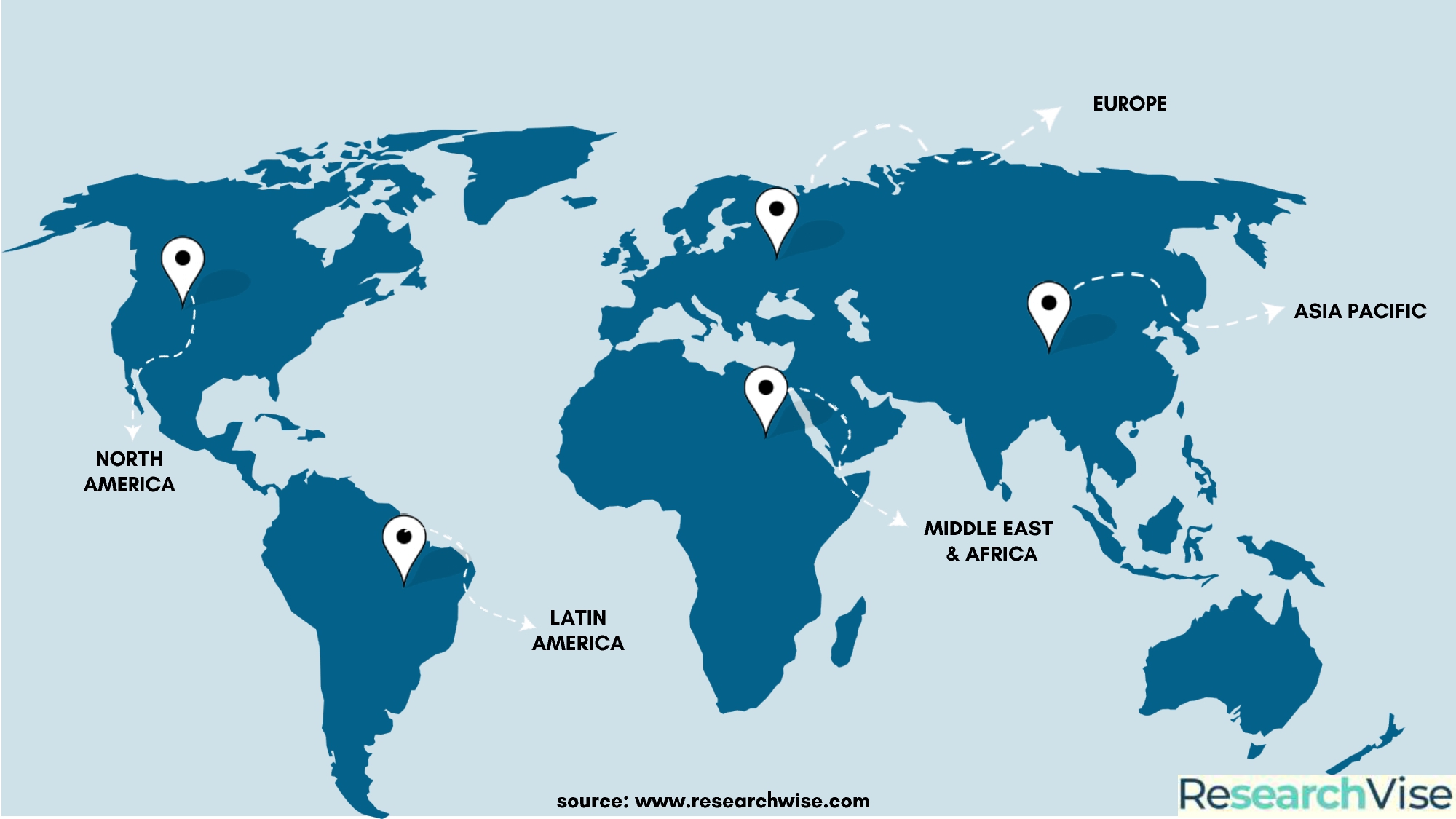
North America is expected to account for largest revenue share in the global market during the forecast period owing to rapid advancements in IoT, AI, and cloud computing, high adoption of digital twin technologies across various industries, presence of leading tech companies, and ongoing investments to expand the applications of digital twins across newer industries.
Asia Pacific market is expected to register robust revenue CAGR over the forecast period owing to rising adoption of advanced technology including digital twins across healthcare, manufacturing, energy & utility and automotive & transportation, and increasing venture investments to deploy digital twin technology. China, Japan, India and South Korea are some of the largest revenue-generating countries in this region.
Report Coverage:
| Report Details |
Outcome |
| Base Year for Estimation |
2022 |
| Historical Data |
2018-2021 |
| Forecast Period |
2023-2032 |
| Segments Covered |
Type, Deployment, Application, End-Use and Region |
| By Type |
Component Twin, Product Twin, Process Twin, System Twin |
| By Deployment |
Cloud, On-premise |
| By Application |
Product Design and Development, Predictive Maintenance, Business Optimization, Others |
| By End Use |
Manufacturing, Agriculture, Automotive & Transport, Energy & Utilities, Healthcare & Life Sciences, Residential & Commercial, Retail & Consumer Goods, Aerospace, Telecommunication and Others |
| Regional Scope |
North America, Europe, Asia Pacific, Latin America, Middle East and Africa |
| Country Scope |
United States, Canada, Germany, France, UK, Italy, Russia, China, Japan, South Korea, Southeast Asia, India, Mexico, Brazil, Saudi Arabia, UAE, Turkey |
| Qualitative Info |
•Value Chain Analysis
•Pricing Analysis
•Regional Outlook
•Market Trends
•Market Share Analysis
•Competition Analysis
•Technological Advancements |
| Key Players |
ABB, ANSYS, Inc., Autodesk Inc., AVEVA Group plc, Amazon Web Services, Inc., Dassault Systèmes, GE DIGITAL, General Electric, Hexagon AB, IBM Corporation, Microsoft Corporation, PTC Inc., Rockwell Automation, SAP SE, Siemens AG |
| Customization Scope |
10 Hours of Free Customization and Expert Consultation |
Competitive Landscape:
The global Digital Twin market is extremely competitive, comprising several regional and global level key players. Leading key players are focused on adopting various strategic alliances like mergers and acquisitions, partnerships, joint ventures, collaborations, and product launches to maintain their global position and enhance their product offerings. They are also focused on innovation, and scalability, and are adapting to evolving technology trends and consumer needs.
Some Leading Market Companies Listed in the Report:
- ABB
- ANSYS, Inc.
- Autodesk Inc.
- AVEVA Group plc
- Amazon Web Services, Inc.
- Dassault Systèmes
- GE DIGITAL
- General Electric
- Hexagon AB
- IBM Corporation
- Microsoft Corporation
- PTC Inc.
- Rockwell Automation
- SAP SE
- Siemens AG
Digital Twin Industry Recent Developments:
- In December 2023, Wipro Limited and Marelli Electronic Systems built its first cabin digital twin viable product, reducing its development time and costs by nearly 70%.
- In July 2023, NTT DATA launched its revamped digital twin technology, ShotView at the 151st Open at Royal Liverpool from 16-23 July.
- In October 2022, Altair, a global leader in computational science and AI launched its comprehensive, flexible, and scalable digital twin solution.
The global digital twin market has been segmented based on type, deployment, application, end-use, and region:
By Type:
- Component Twin
- Product Twin
- Process Twin
- System Twin
By Deployment:
By Application:
- Product Design and Development
- Predictive Maintenance
- Business Optimization
- Others
By End Use:
- Manufacturing
- Agriculture
- Automotive & Transport
- Energy & Utilities
- Healthcare & Life Sciences
- Residential & Commercial
- Retail & Consumer Goods
- Aerospace
- Telecommunication
- Others
By Region:
- North America
- Europe
- Germany
- France
- UK
- Italy
- Russia
- Nordic Countries
- Asia Pacific
- China
- Japan
- South Korea
- Southeast Asia
- India
- Australia
- Rest of Asia
- Latin America
- Mexico
- Brazil
- Rest of Latin America
- Middle East & Africa
- Turkey
- Saudi Arabia
- UAE
- Rest of MEA
Frequently Asked Questions!
The Digital Twin Market is segmented based on Type, Application, and by region.
- ABB
- ANSYS, Inc.
- Autodesk Inc.
- AVEVA Group plc
- Amazon Web Services, Inc.
- Dassault Systèmes
- GE DIGITAL
- General Electric
- Hexagon AB
- IBM Corporation
- Microsoft Corporation
- PTC Inc.
- Rockwell Automation
- SAP SE
- Siemens AG
are the top players in the market.
The Digital Twin Market report provides global companies with an opportunity to enter new markets, invest in new sectors, analyze consumer reactions, investigate global competition, and ultimately make smart investments.
Factors such as competitive strength and market positioning are key areas considered while selecting top companies to be profiled.
Digital Twin Market Table of Contents: ToC
Chapter 1. Methodology and Scope
1.1. Methodology Segmentation & Scope
1.2. Information Procurement
1.2.1. Purchased database
1.2.2. Secondary Sources
1.2.3. Third-party Perspectives
1.2.4. Primary research
1.3. Information Analysis
1.3.1. Data Analysis Models
1.4. Market Formulation & Data Visualization
1.5. Research Scope & Assumptions
Chapter 2. Executive Summary
2.1. Digital Twin Market- Industry Snapshot, 2018 - 2032
Chapter 3. Digital Twin Market Variables, Trends & Scope
3.1. Market Size and Growth Prospects, 2023-2032
3.2. Industry Value Chain Analysis
3.3. Market Dynamics
3.3.1. Market Driver Analysis
3.3.2. Market Restraint/Challenge Analysis
3.3.3. Market Opportunity Analysis
3.4. Penetration & Growth Prospect Mapping
3.5. Business Environment Analysis Tools
3.5.1. Industry Analysis - Porter's Five Forces Analysis
3.5.2. PEST Analysis
3.5.3. COVID-19 Impact Analysis
Chapter 4. Digital Twin Market Type Outlook 2023-2032 (USD Million)
Chapter 5. Digital Twin Market Application Outlook 2023-2032(USD Million)
Chapter 6: Coronavirus Diseases (COVID-19) Impact:
6.1. Introduction
6.2 Current and Future Impact Analysis
6.3 Economic Impact Analysis
6.4 Investment Scenario
Chapter 7. North America Digital Twin Market Share by Region, 2023 & 2032 (USD Million)
7.1. Market Estimates and Forecast 2023 - 2032 (USD Million)
7.2. Market Estimates and Forecast by Type, 2023-2032 (USD Million)
7.3. Market Estimates and Forecast by Application, 2023-2032 (USD Million)
7.4.1. U.S.
7.4.1.1. Market Estimates and Forecast 2023-2032 (USD Million)
7.4.1.2. Market Estimates and Forecast by Type, 2023-2032 (USD Million)
7.4.1.3 Market Estimates and Forecast by Application, 2023-2032 (USD Million)
7. 4.2. Canada
7. 4.2.1. Market Estimates and Forecast 2023-2032 (USD Million)
7. 4.2.2. Market Estimates and Forecast by Type, 2023-2032 (USD Million)
7. 4.2.3 Market Estimates and Forecast by Application, 2023-2032 (USD Million)
Chapter 8. Europe Digital Twin Market Share by Region, 2023 & 2032 (USD Million)
8.1. Market Estimates and Forecast 2023 - 2032 (USD Million)
8.2. Market Estimates and Forecast by Type, 2023-2032 (USD Million)
8.3. Market Estimates and Forecast by Application, 2023-2032 (USD Million)
8.4.1. Germany
8.4.1.1. Market Estimates and Forecast 2023-2032 (USD Million)
8.4.1.2. Market Estimates and Forecast by Type, 2023-2032 (USD Million)
8.4.1.3. Market Estimates and Forecast by Application, 2023-2032 (USD Million)
8.4.2. France
8.4.2.1. Market Estimates and Forecast 2023-2032 (USD Million)
8.4.2.3. Market Estimates and Forecast by Type, 2023-2032 (USD Million)
8.4.2.3. Market Estimates and Forecast by Application 2023-2032 (USD Million)
8.4.3. UK
8.4.3.1. Market Estimates and Forecast 2023-2032 (USD Million)
8.4.3.2. Market Estimates and Forecast by Type, 2023-2032 (USD Million)
8.2.3.3. Market Estimates and Forecast by Application 2023-2032 (USD Million)
8.4.4. Italy
8.4.4.1. Market Estimates and Forecast 2023-2032 (USD Million)
8.4.4.2. Market Estimates and Forecast by Type, 2023-2032 (USD Million)
8.4.4.3. Market Estimates and Forecast by Application 2023-2032 (USD Million)
8.4.5. Russia
8.4.5.1. Market Estimates and Forecast 2023-2032 (USD Million)
8.4.5.2. Market Estimates and Forecast by Type, 2023-2032 (USD Million)
8.4.5.3. Market Estimates and Forecast by Application 2023-2032 (USD Million)
8.4.6. Nordic Countries
8.4.6.1. Market Estimates and Forecast 2023-2032 (USD Million)
8.4.6.2. Market Estimates and Forecast by Type, 2023-2032 (USD Million)
8.4.6.3. Market Estimates and Forecast by Application 2023-2032 (USD Million)
8.4.7. Rest of Europe
8.4.7.1. Market Estimates and Forecast 2023-2032 (USD Million)
8.4.7.2. Market Estimates and Forecast by Type, 2023-2032 (USD Million)
8.4.7.3. Market Estimates and Forecast by Application, 2023-2032 (USD Million)
Chapter 9. Asia Pacific Digital Twin Market Share by Region, 2023 & 2032 (USD Million)
9.1. Market Estimates and Forecast 2023 - 2032 (USD Million)
9.2. Market Estimates and Forecast by Type, 2023-2032 (USD Million)
9.3. Market Estimates and Forecast by Application, 2023-2032 (USD Million)
9.4.1. China
9.4.1.1. Market Estimates and Forecast 2023-2032 (USD Million)
9.4.1.2. Market Estimates and Forecast by Type, 2023-2032 (USD Million)
9.4.1.3. Market Estimates and Forecast by Application, 2023-2032 (USD Million)
9.4.2. Japan
9.4.2.1. Market Estimates and Forecast 2023-2032 (USD Million)
9.4.2.2. Market Estimates and Forecast by Type, 2023-2032 (USD Million)
9.4.2.3. Market Estimates and Forecast by Application, 2023-2032 (USD Million)
9.4.3. South Korea
9.4.3.1. Market Estimates and Forecast 2023-2032 (USD Million)
9.4.3.2. Market Estimates and Forecast by Type, 2023-2032 (USD Million)
9.4.3.3. Market Estimates and Forecast by Application, 2023-2032 (USD Million)
9.4.4. India
9.4.4.1. Market Estimates and Forecast 2023-2032 (USD Million)
9.4.4.2. Market Estimates and Forecast by Type, 2023-2032 (USD Million)
9.4.4.3. Market Estimates and Forecast by Application, 2023-2032 (USD Million)
9.4.5. Australia
9.4.5.1. Market Estimates and Forecast 2023-2032 (USD Million)
9.4.5.2. Market Estimates and Forecast by Type, 2023-2032 (USD Million)
9.4.5.3. Market Estimates and Forecast by Application, 2023-2032 (USD Million)
9.4.6. Rest of Asia Pacific
9.4.6.1. Market Estimates and Forecast 2023-2032 (USD Million)
9.4.6.2. Market Estimates and Forecast by Type, 2023-2032 (USD Million)
9.4.6.3. Market Estimates and Forecast by Application, 2023-2032 (USD Million)
Chapter 10. Latin America Digital Twin Market Share by Region, 2023 & 2032 (USD Million)
10.1. Market Estimates and Forecast 2023 - 2032 (USD Million)
10.2. Market Estimates and Forecast by Type, 2023-2032 (USD Million)
10.3. Market Estimates and Forecast by Application, 2023-2032 (USD Million)
10.4.1. Mexico
10.4.1.1. Market Estimates and Forecast 2023-2032 (USD Million)
10.4.1.2. Market Estimates and Forecast by Type, 2023-2032 (USD Million)
10.4.1.3. Market Estimates and Forecast by Application, 2023-2032 (USD Million)
10.4.2. Brazil
10.4.2.1. Market Estimates and Forecast 2023-2032 (USD Million)
10.4.2.2 Market Estimates and Forecast by Type, 2023-2032 (USD Million)
10.4.2.3. Market Estimates and Forecast by Application, 2023-2032 (USD Million)
10.4.3 Rest of Latin America
10.4.3.1 Market Estimates and Forecast 2023-2032 (USD Million)
10.4.3.2. Market Estimates and Forecast by Type, 2023-2032 (USD Million)
10.4.3.3. Market Estimates and Forecast by Application, 2023-2032 (USD Million)
Chapter 11. Middle East and Africa Digital Twin Market Share by Region, 2023 & 2032 (USD Million)
11.1. Market Estimates and Forecast 2023 - 2032 (USD Million)
11.2. Market Estimates and Forecast by Type, 2023-2032 (USD Million)
11.3. Market Estimates and Forecast by Application, 2023-2032 (USD Million
11.4.1 Turkey
11.4.1.1 Market Estimates and Forecast 2023-2032 (USD Million)
11.4.4.2. Market Estimates and Forecast by Type, 2023-2032 (USD Million)
11.4.4.3. Market Estimates and Forecast by Application, 2023-2032 (USD Million)
11.4.2. Saudi Arabia
11.4.2.1. Market Estimates and Forecast 2023-2032 (USD Million)
11.4.2.2 Market Estimates and Forecast by Type, 2023-2032 (USD Million)
11.4.2.3. Market Estimates and Forecast by Application, 2023-2032 (USD Million)
11.4.3 UAE
11.4.3.1. Market Estimates and Forecast 2023-2032 (USD Million)
11.4.3.2. Market Estimates and Forecast by Type, 2023-2032 (USD Million)
11.4.4.1. Market Estimates and Forecast by Application, 2023-2032 (USD Million)
11.4.5. Rest of MEA
11.4.5.1. Market Estimates and Forecast 2023-2032 (USD Million)
11.4.5.2. Market Estimates and Forecast by Type, 2023-2032 (USD Million)
11.4.5.3. Market Estimates and Forecast by Application, 2023-2032 (USD Million)
Chapter 12 Digital Twin Market Competitive Landscape
- ABB
- ANSYS, Inc.
- Autodesk Inc.
- AVEVA Group plc
- Amazon Web Services, Inc.
- Dassault Systèmes
- GE DIGITAL
- General Electric
- Hexagon AB
- IBM Corporation
- Microsoft Corporation
- PTC Inc.
- Rockwell Automation
- SAP SE
- Siemens AG
- ABB
- ANSYS, Inc.
- Autodesk Inc.
- AVEVA Group plc
- Amazon Web Services, Inc.
- Dassault Systèmes
- GE DIGITAL
- General Electric
- Hexagon AB
- IBM Corporation
- Microsoft Corporation
- PTC Inc.
- Rockwell Automation
- SAP SE
- Siemens AG


